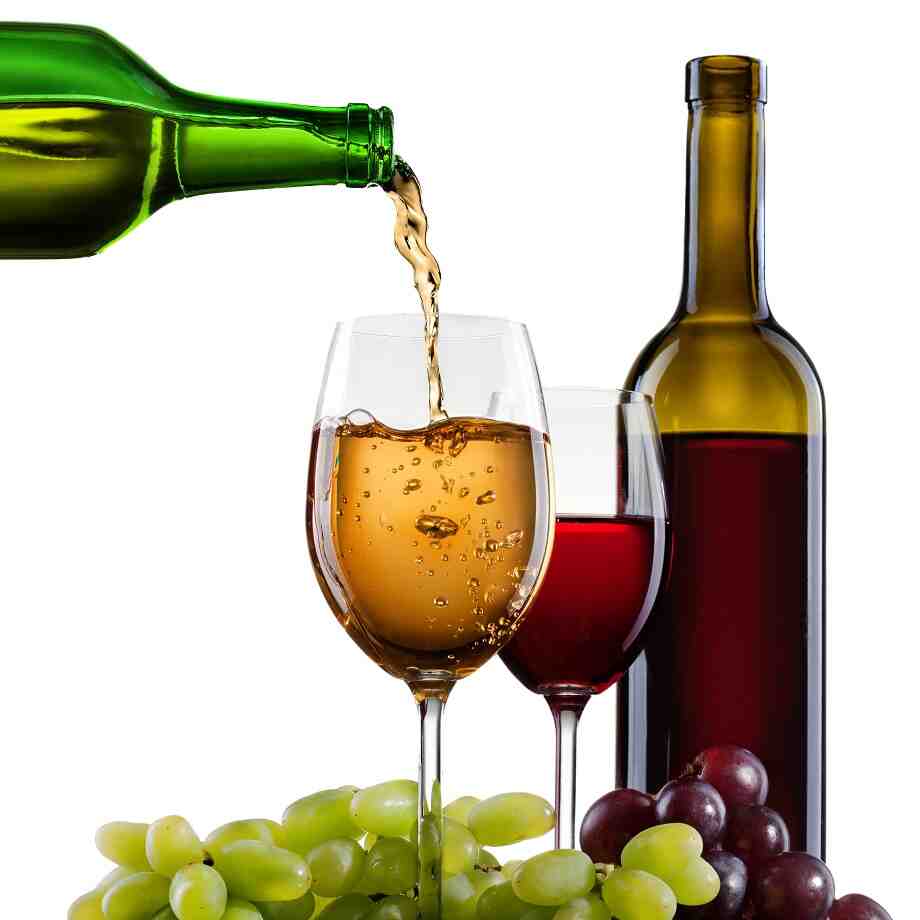Wine Etiquette: The Do’s and Don’ts of Wine Drinking
Wine is often associated with elegance, celebration, and social gatherings, but knowing how to enjoy it properly can elevate your experience. Whether you’re attending a formal dinner, visiting a vineyard, or simply enjoying a glass at home, having a solid grasp of wine etiquette can make you feel more confident and ensure you’re enjoying wine to its fullest potential. Here are the essential do’s and don’ts of wine drinking to help you navigate any wine-related occasion with grace.
The Do’s of Wine Drinking
1. Do Hold Your Wine Glass by the Stem
When you’re drinking wine, it’s best to hold your glass by the stem, not the bowl. This serves a few purposes:
- Temperature Control: Holding the glass by the stem prevents your hand from warming the wine, especially important for whites and sparkling wines.
- Avoiding Smudges: Holding the stem keeps the glass clean and free from fingerprints, allowing you to enjoy the appearance of the wine.
- Aesthetic Appeal: It looks more refined and is considered the proper way to handle wine glasses.
2. Do Swirl Your Wine (But Gently)
Swirling your wine allows you to release its aromas and lets you experience its full bouquet of scents. Here’s how to do it right:
- Be Gentle: Don’t spin the glass wildly; instead, give it a gentle swirl to release the aromas without splashing.
- Observe the Wine: While swirling, pay attention to the wine’s legs (the streaks that form on the inside of the glass). This can give you a clue about its alcohol content and body.
3. Do Smell the Wine
Smelling the wine is an essential part of the tasting process. Before sipping, take a moment to inhale the wine’s aromas. This can help you identify different notes such as fruit, spices, or floral undertones, and prepare your palate for the tasting experience.
4. Do Take Small Sips
Taking small, measured sips allows you to savor the flavors and textures of the wine. It also helps you avoid drinking too quickly or getting overwhelmed by the alcohol content. Wine is meant to be enjoyed slowly, so take your time to appreciate its nuances.
5. Do Pair Wine with Food Thoughtfully
Pairing wine with food is an age-old tradition that enhances both the wine and the meal. Here are some basic pairing guidelines:
- Red wines generally go well with red meats, cheeses, and hearty dishes.
- White wines are great with seafood, poultry, light pasta, and creamy dishes.
- Sparkling wines work well with salty or fried foods.
- Sweet wines like Riesling or Moscato pair beautifully with desserts, especially fruity or creamy ones.
6. Do Decant Wines When Necessary
Some wines, especially red wines that are full-bodied and aged, benefit from decanting. Decanting helps to separate any sediment and allows the wine to “breathe,” releasing more aromas and softening the flavors. If you’re unsure whether to decant a wine, it’s best to do so for older reds or bold wines like Cabernet Sauvignon or Bordeaux.
7. Do Store Wine Properly
If you’re storing wine for the long term, make sure it’s in a cool, dark place with consistent temperature. A wine fridge or cellar is ideal, but if that’s not available, storing wine on its side in a cool closet can suffice. Avoid keeping wine in places with fluctuating temperatures, such as near a heater or windows.
The Don’ts of Wine Drinking
1. Don’t Overfill Your Glass
When pouring wine, the glass should be filled about one-third of the way. This leaves room for the wine to move around in the glass, allowing the aromas to develop and making it easier to swirl the wine. Overfilling the glass can make it difficult to appreciate the wine’s full experience and can come across as sloppy.
2. Don’t Drink Wine Too Quickly
Wine is meant to be savored. Drinking too fast doesn’t allow you to appreciate its flavors, aromas, or complexities. Whether you’re sipping on a glass at dinner or enjoying a glass of fine wine, slow down and enjoy the moment.
3. Don’t Serve Wine Too Cold or Too Warm
The temperature of wine significantly affects its flavor.
- Red wines should be served slightly cooler than room temperature (around 60-65°F or 15-18°C) to avoid the alcohol overpowering the flavors. If the wine is too warm, place it in the fridge for 15-20 minutes before serving.
- White wines should be chilled but not too cold. Serve them at around 45-55°F (7-13°C), which is cold enough to preserve their crispness without numbing the flavor.
- Sparkling wines should be served well-chilled (around 40-50°F or 4-10°C).
4. Don’t Hold the Glass by the Bowl
Holding your glass by the bowl can affect the temperature of the wine and leave fingerprints on the glass, which detracts from the presentation. Always hold the glass by the stem to maintain its clarity and elegance.
5. Don’t Judge Wine Too Quickly
When tasting a wine, take the time to properly assess it. Sometimes, a wine may not show its full potential in the first sip. Let it breathe, swirl, and take a few more sips to evaluate its depth, structure, and finish. First impressions may not always be the best reflection of the wine’s character.
6. Don’t Be Afraid to Ask for Help
If you’re at a restaurant or a wine shop and unsure about what wine to order, don’t hesitate to ask the staff for recommendations. Sommeliers and wine experts can help guide you toward a wine that fits your tastes, meal, or occasion. They’re there to help you find the perfect bottle.
7. Don’t Drink Wine in a Non-Wine Glass
While it’s tempting to drink wine from any glass, wine glasses are specifically designed to enhance the drinking experience. The shape of the glass allows the wine to breathe and directs the aromas toward your nose, which elevates the experience. For the best wine experience, always use an appropriate wine glass—whether it’s a red wine glass, white wine glass, or flute for sparkling wines.
8. Don’t Overcrowd Your Wine Glass
While it’s tempting to drink from a full glass, it’s important to leave some space for the wine to move around. This allows the wine to oxygenate, releasing more aromas and flavors. A glass that is too full limits your ability to swirl the wine, and it can result in a less enjoyable experience.
Additional Wine Etiquette Tips
- Don’t Snub a Wine Just Because It’s Cheap: Just because a wine is inexpensive doesn’t mean it’s not enjoyable. Don’t judge a wine based solely on its price tag. Some affordable wines are of excellent quality and can surprise you with their complexity.
- Don’t Be Afraid to Try New Wines: Wine tasting is about exploration. Don’t feel restricted to only drinking the wines you know. Trying new grape varieties or wines from different regions can open up exciting new possibilities for your palate.
- Don’t Forget to Enjoy the Moment: Wine drinking is not just about the wine itself; it’s also about the company and the experience. Whether you’re sharing a bottle with friends, enjoying a quiet moment alone, or pairing wine with a delicious meal, remember that wine is meant to be savored and enjoyed in the moment.
Conclusion
Wine etiquette is about more than just knowing the rules—it’s about enhancing your appreciation of wine and making every bottle you drink an enjoyable experience. By following these do’s and don’ts, you can confidently navigate wine-drinking situations, whether at a formal event, a casual dinner, or while hosting friends. The more you practice good wine etiquette, the more enjoyable the experience becomes, allowing you to savor the rich, complex flavors of wine in a refined yet accessible way. Cheers!











